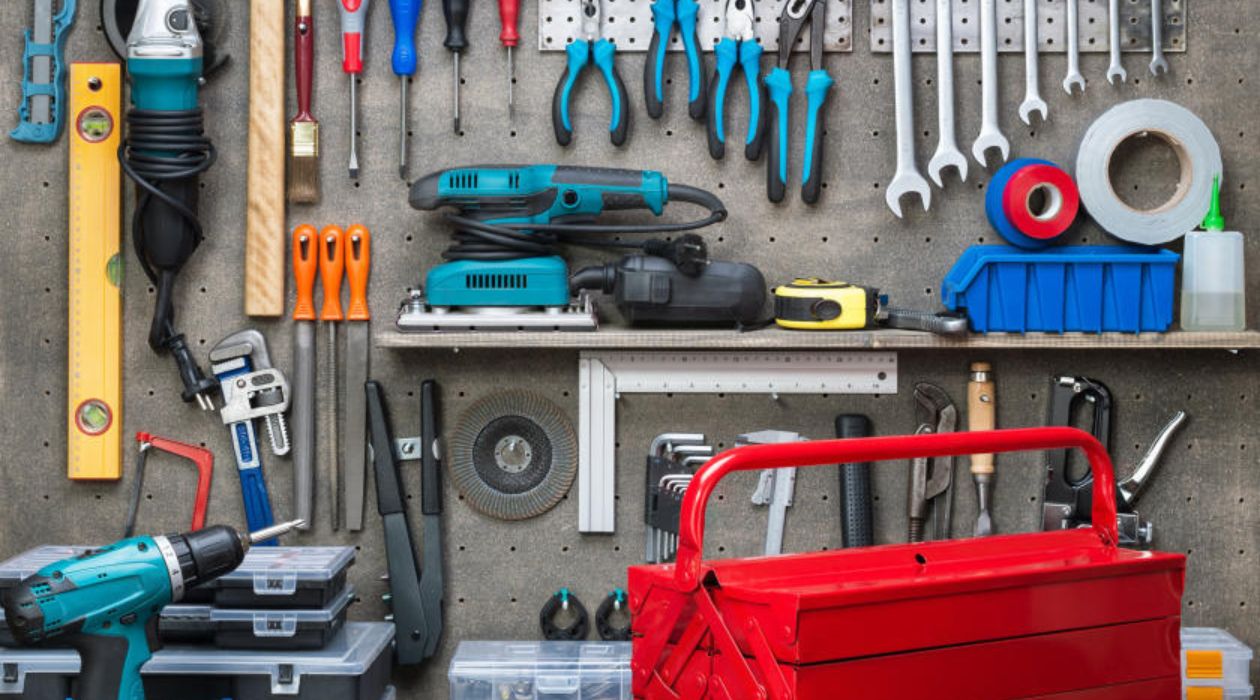

Articles
Who Invented Hand Tools
Modified: August 28, 2024
Discover the history of hand tools and the inventors behind them. Read informative articles on the origins and evolution of these essential implements.
(Many of the links in this article redirect to a specific reviewed product. Your purchase of these products through affiliate links helps to generate commission for Storables.com, at no extra cost. Learn more)
Introduction
Hand tools have been an integral part of human civilization since the beginning of time, aiding in the construction of shelter, hunting, and various other tasks. These tools, which are operated solely by human power, have played a crucial role in shaping the progress and development of societies throughout history. From simple stone tools to the complex and specialized instruments of modern times, the evolution of hand tools is a testament to human ingenuity and innovation.
The invention of hand tools was a significant milestone in human history, revolutionizing the way we interact with our environment and enabling us to accomplish feats that were once unimaginable. These tools have not only served practical purposes but also symbolized the skill, craftsmanship, and resourcefulness of individuals and communities.
In this article, we will explore the fascinating journey of hand tools, tracing their origins from early developments to the notable inventors who have contributed to their evolution. By delving into the past, we can gain a deeper appreciation for the ingenuity and creativity that has shaped the tools we rely on today.
Key Takeaways:
- The evolution of hand tools from prehistoric stone implements to modern specialized instruments showcases human ingenuity and innovation, shaping the progress of civilizations throughout history.
- Notable inventors like da Vinci, Whitney, and Colt have left a lasting impact on hand tool development, revolutionizing industries and shaping the world we live in today.
Read more: Who Invented Cordless Power Tools
Early Developments of Hand Tools
The early developments of hand tools can be traced back to prehistoric times, where our ancestors began to experiment with various materials to create simple tools. The use of these tools allowed early humans to hunt, gather food, and craft basic items for their survival.
One of the earliest and most important inventions in the history of hand tools was the discovery of sharp-edged stones, known as flint flakes. These flakes were shaped into crude cutting tools such as hand axes and scrapers, which greatly facilitated tasks like butchering and woodworking. The ability to shape stone tools was a significant advancement and marked the beginning of tool-making technologies.
As human societies progressed, so did the complexity of hand tools. The invention of the wheel and the development of metalworking techniques allowed for the creation of more sophisticated tools. Bronze, a combination of copper and tin, was one of the earliest metals used for tool-making. It enabled the production of durable and sharp-edged tools, including chisels, saws, and hammers.
Metalworking continued to evolve with the discovery of iron, a revolutionary material that revolutionized the world of hand tools. Iron tools were stronger and more durable than their bronze counterparts, making them highly sought after. The Iron Age marked a significant shift in tool production, as blacksmiths became skilled in forging and shaping iron into a wide variety of implements.
During this period, civilizations such as Ancient Egypt, Mesopotamia, and Ancient Greece made significant contributions to the development of hand tools. These societies invented and refined tools for agricultural tasks, construction, and warfare. Some notable examples include the Egyptian plow, which facilitated efficient farming techniques, and the Greek phalanx spear, a deadly weapon of war.
In addition to advancements in metalworking, the use of other materials such as bone, wood, and animal horns also played a role in the development of hand tools. These organic materials were readily available and could be fashioned into tools such as hammers, awls, and needles. The resourcefulness and adaptability of early humans are evident in their use of a wide range of materials to create functional tools.
Ancient Inventions of Hand Tools
The ancient civilizations of Egypt, Mesopotamia, Greece, and Rome made significant contributions to the development of hand tools, leaving behind a legacy of inventions that continue to inspire modern designs.
Egypt, known for its architectural marvels and engineering achievements, produced a variety of hand tools designed for construction and craftsmanship. The Egyptians invented the bow drill, a handheld drilling tool used for creating holes in wood and stone. They also developed the saw, utilizing a serrated blade to cut through different materials with precision. The concept of the lathe, a tool used for shaping objects by rotation, was also introduced by the Egyptians.
Mesopotamia, often referred to as the cradle of civilization, was renowned for its advancements in agriculture and irrigation. The invention of the sickle, a handheld tool with a curved blade used for harvesting crops, greatly improved agricultural efficiency and productivity. Additionally, Mesopotamian craftsmen developed various woodworking tools, including adzes, chisels, and mallets, which played a crucial role in their architectural and artistic endeavors.
In ancient Greece, skilled craftsmen crafted a wide range of tools to support their burgeoning civilization. These tools included hammers, wrenches, files, and drills. Greek blacksmiths mastered the art of metalworking, forging tools with intricate designs and durable materials. The Greeks also invented the lever, a simple yet powerful tool that revolutionized construction and engineering, and it remains a fundamental principle in modern tool design.
Rome, known for its engineering prowess and military might, developed numerous hand tools that contributed to their architectural achievements. The Romans improved upon existing tools, such as the saw, by introducing innovations like the frame saw, which featured a tensioned blade for more efficient cutting. They also created tools like pliers, pincers, and tongs, which were essential for metalworking and construction purposes.
Additionally, the Romans are credited with inventing the pulley, a device that made it easier to lift heavy objects. This invention revolutionized construction projects and enabled the Romans to construct grand structures like the Colosseum and aqueducts.
The ancient world was a hotbed of innovation, where civilizations continuously refined and expanded upon existing tools. Their inventions laid the foundation for the development and evolution of hand tools, setting the stage for further advancements in the centuries to come.
Medieval Innovations in Hand Tools
The medieval period, spanning from the 5th to the 15th century, witnessed significant advancements in various fields, including the development of hand tools. During this time, skilled craftsmen and artisans made notable innovations that improved the efficiency and quality of their work.
One of the major innovations during the medieval period was the use of water-powered machinery. Watermills became increasingly common, providing a reliable source of power to operate various tools and machines. This allowed for more efficient production and increased the output of goods.
In the construction industry, medieval craftsmen developed tools that were essential for building castles, cathedrals, and other structures. The invention of the masonry trowel, a handheld tool used for applying and smoothing mortar, revolutionized the process of bricklaying. Additionally, new variations of the saw, such as the pit saw and the fretsaw, were designed to handle intricate woodworking tasks, enabling the creation of ornate architectural details.
The medieval period also saw advancements in agricultural tools. The heavy plow, equipped with an iron-tipped blade, allowed farmers to cultivate and till the soil more efficiently. The horse collar, a harness placed around the horse’s neck, provided improved control and efficiency for plowing and transportation tasks.
In the field of metalworking, blacksmiths developed new techniques and tools. The invention of the anvil with a horn and a hardy hole provided greater versatility for shaping and forging metal. The introduction of the bellows, a device used to supply a continuous flow of air to a fire, enabled blacksmiths to control the temperature of their forges, resulting in more precise metalworking.
Another significant innovation during this period was the development of the mechanical clock. Clockmakers devised intricate mechanisms and gears that allowed for accurate timekeeping, revolutionizing various aspects of medieval life, including scheduling, navigation, and scientific observations.
Furthermore, the medieval period saw advancements in navigation tools. The astrolabe, an instrument used for measuring the altitude of celestial bodies, enabled sailors to determine their location and navigate the seas more accurately. The compass, with its magnetic needle, became an indispensable tool for sailors and explorers, making long-distance voyages possible.
The innovations in hand tools during the medieval period demonstrated a continued focus on improving functionality, precision, and efficiency. These advancements laid the groundwork for the technological breakthroughs that would occur in the centuries to come.
The first hand tools were likely invented by early humans during the Stone Age, using materials such as wood, bone, and stone to create tools for hunting, cutting, and building.
Renaissance Advancements in Hand Tools
The Renaissance period, spanning from the 14th to the 17th century, was a time of great intellectual and artistic flourishing. It was also a period of significant advancements in various fields, including the development of hand tools. During this time, craftsmen and inventors made remarkable innovations that propelled tool design and functionality to new heights.
One of the key advancements during the Renaissance was the refinement of existing tools, improving their efficiency and precision. Tools such as hammers, saws, and chisels were redesigned with more ergonomic handles, allowing for better control and reducing fatigue. This attention to ergonomic design was a significant departure from the utilitarian functionality of previous eras.
The Renaissance also witnessed the emergence of specialized tools crafted for specific trades and professions. For example, in the field of woodworking, new tools like the dovetail saw, block plane, and router were created to enhance precision and achieve intricate designs. These specialized tools allowed craftsmen to push the boundaries of their work and create stunning pieces of art.
In the field of engineering, the Renaissance brought about innovations in measuring instruments. The invention of the Vernier caliper, an instrument used for precise measurement, revolutionized the field of engineering and enabled accurate calculations and constructions. Additionally, advancements were made in the field of optics, leading to the development of the microscope and telescope, which had profound implications for scientific discovery.
The Renaissance period also saw advancements in the field of firearms. Artillery became more sophisticated and precise, leading to the development of new tools such as the gunner’s quadrant, which enabled accurate calculations for artillery trajectories. Innovations were also made in the production of gunpowder, allowing for more powerful and reliable firearms.
One of the most iconic inventions of the Renaissance was the printing press, devised by Johannes Gutenberg. This revolutionary invention accelerated the dissemination of knowledge and information, leading to a significant increase in literacy and the spread of ideas. The printing press itself was a culmination of various hand tools, including type molds, punches, and a movable type system.
Overall, the Renaissance period witnessed a remarkable influx of creativity and innovation in the field of hand tools. The focus on precision, specialization, and ergonomics revolutionized tool design and laid the groundwork for further advancements in technology and craftsmanship.
Read more: Who Makes Milwaukee Hand Tools?
Industrial Revolution and the Modernization of Hand Tools
The Industrial Revolution, which spanned from the late 18th century to the early 19th century, brought about a momentous shift in the manufacturing process and the modernization of hand tools. This era marked a transition from manual labor to mechanization, forever changing the landscape of tool production and functionality.
One of the key advancements during the Industrial Revolution was the invention of steam power. The steam engine revolutionized manufacturing by providing a reliable source of power to operate machinery. This led to the establishment of factories, where hand tools were mass-produced using specialized equipment and techniques.
With the advent of mass production, hand tools became more readily available and affordable. This allowed for increased productivity and efficiency in various industries, from agriculture to construction. Tools such as the lathe, drill press, and power saws emerged during this period, enabling faster and more precise operations.
The invention of interchangeable parts, pioneered by Eli Whitney, further streamlined tool production. This concept allowed for the mass production of standardized parts, making repairs and replacements more efficient. Interchangeable parts also paved the way for the development of assembly-line manufacturing and the rise of industries like automobile manufacturing.
During this era, advancements in metallurgy led to the production of stronger and more durable materials for hand tools. The Industrial Revolution saw the rise of steel as a popular choice, replacing traditional materials like iron and bronze. Steel tools were harder, capable of holding sharper edges, and more resistant to wear and corrosion.
The Industrial Revolution also introduced innovations in tool design, aiming to improve usability and safety. Handles were made more ergonomic, providing better grip and reducing strain. Safety mechanisms, such as guards and safety locks, were incorporated into tools like saws and drills to prevent accidents and injuries.
Furthermore, the Industrial Revolution witnessed the emergence of new tools and machinery specifically designed for industrial tasks. Machines like the power loom, sewing machine, and steam-powered threshers revolutionized textile production and agriculture, increasing efficiency and output.
The modernization of hand tools during the Industrial Revolution marked a significant turning point in their development. The combination of steam power, mass production, interchangeable parts, and advancements in materials and design transformed hand tools from simple implements to complex and specialized instruments that propelled industries forward.
Notable Inventors in the History of Hand Tools
Throughout history, there have been numerous inventors who have made significant contributions to the development and evolution of hand tools. Their innovative ideas and creations have shaped the way we work, build, and create. Here are a few notable inventors whose names are synonymous with groundbreaking inventions in the realm of hand tools:
1. Leonardo da Vinci: Known primarily as a painter and polymath, da Vinci was also an ingenious inventor. His sketches and designs showcased his innovative ideas for hand tools such as a man-powered flying machine, a self-propelled cart, and excavating machines. While many of his inventions remained on paper, they laid the foundation for future advancements in engineering and tool design.
2. Eli Whitney: Whitney, an American inventor, is best known for perfecting the concept of interchangeable parts, which revolutionized manufacturing during the Industrial Revolution. His development of the cotton gin, a machine that automated the separation of cotton fibers from seeds, greatly impacted the textile industry. Furthermore, Whitney’s use of standardized parts enhanced the efficiency and ease of repairing and replacing components in hand tools.
3. Samuel Colt: Colt, an American inventor and industrialist, was responsible for the invention and mass production of the revolver. His innovative design featured a rotating cylinder that held multiple rounds, which allowed for rapid firing. Colt’s invention revolutionized personal firearms, proving to be highly influential in military as well as civilian use.
4. Henry M. Phillips: Phillips, an American engineer, invented the Phillips screw and driver. The Phillips head design improved the efficiency of screwing and unscrewing compared to traditional slotted screws. This invention gained widespread popularity in various industries, from manufacturing to construction, and remains one of the most commonly used types of screws today.
5. Karl Benz: Benz, a German engineer, is credited with inventing the modern automobile, which led to innovations in hand tools specifically designed for automotive repair and maintenance. His development of the internal combustion engine and the Benz Patent-Motorwagen showcased the potential of this new mode of transportation, leading to the creation of specialized automotive tools, including wrenches, sockets, and diagnostic equipment.
These are just a few of the notable inventors who have left a lasting impact on the evolution of hand tools. Their ingenuity and vision have paved the way for the development of tools that continue to shape the world we live in today. Their contributions serve as a testament to the power of human innovation and the constant quest for improvement and progress.
Conclusion
The evolution of hand tools throughout history is a testament to human ingenuity, innovation, and the constant pursuit of improvement. From the humble stone tools of early humans to the complex and specialized instruments of the modern era, hand tools have played an integral role in shaping human civilization.
Through the centuries, inventors and craftsmen have continuously pushed the boundaries of tool design and functionality. Early developments focused on utilizing natural materials and refining basic tools to enhance their efficiency. Ancient civilizations, such as Egypt, Mesopotamia, Greece, and Rome, made significant inventions that laid the foundation for future advancements.
The medieval period witnessed the specialization of tools for specific trades, as well as advancements in measuring instruments and navigation tools. The Renaissance brought about further innovations, including ergonomic design, specialization, and the introduction of the printing press.
However, it was during the Industrial Revolution that hand tools underwent a significant transformation. The advent of steam power, mass production, interchangeable parts, and advancements in materials and design propelled tool production into a new era of efficiency and accessibility.
Notable inventors such as Leonardo da Vinci, Eli Whitney, Samuel Colt, Henry M. Phillips, and Karl Benz made groundbreaking contributions to the history of hand tools. Their inventions, ranging from interchangeable parts to the revolver and the modern automobile, shaped entire industries and changed the way we work, create, and live.
In conclusion, the history of hand tools is a testament to the remarkable human ability to innovate, adapt, and improve. From the earliest stone tools to the advanced power tools of today, hand tools have played an essential role in shaping the world we inhabit. As we continue to evolve and develop new technologies, we can look back at the ingenuity of our ancestors and the inventors who paved the way for our modern tools with a sense of gratitude and admiration.
Frequently Asked Questions about Who Invented Hand Tools
Was this page helpful?
At Storables.com, we guarantee accurate and reliable information. Our content, validated by Expert Board Contributors, is crafted following stringent Editorial Policies. We're committed to providing you with well-researched, expert-backed insights for all your informational needs.
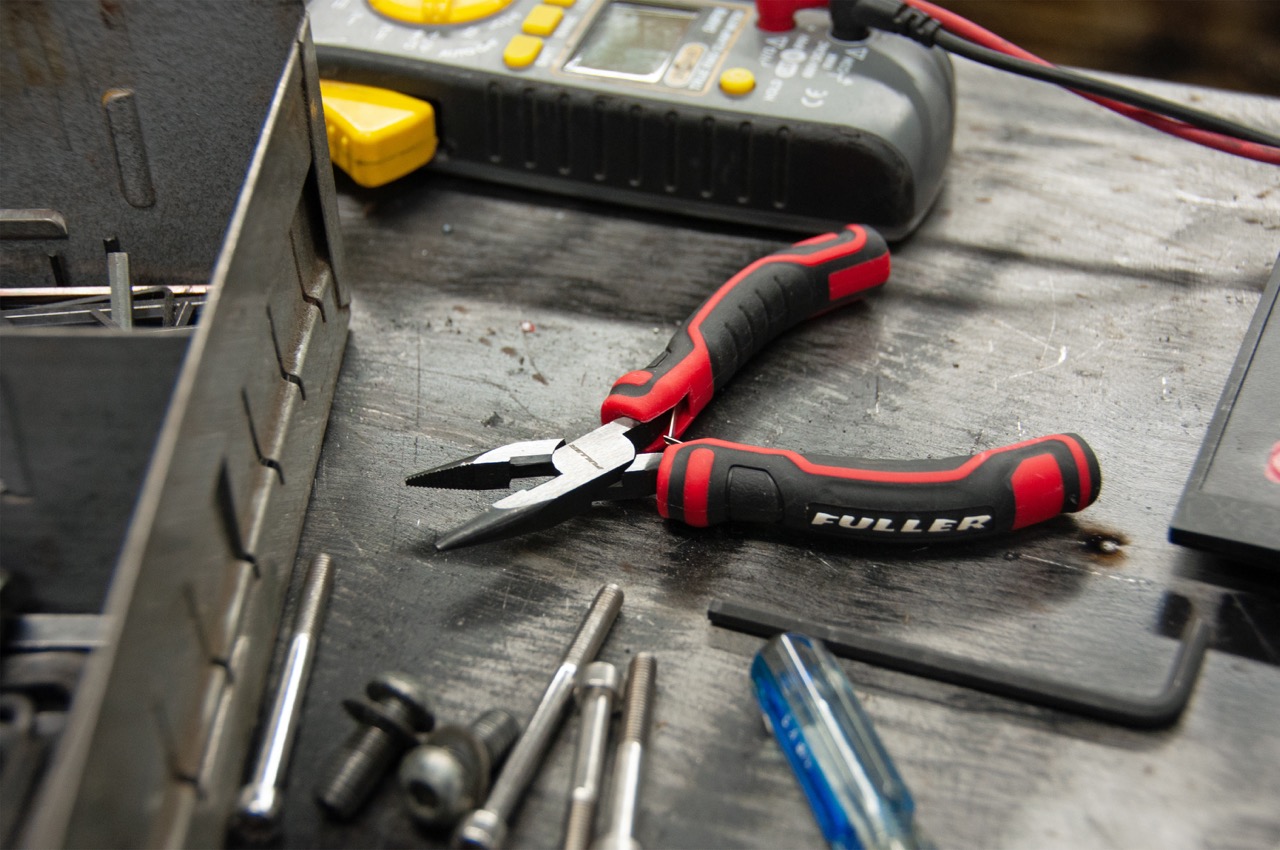
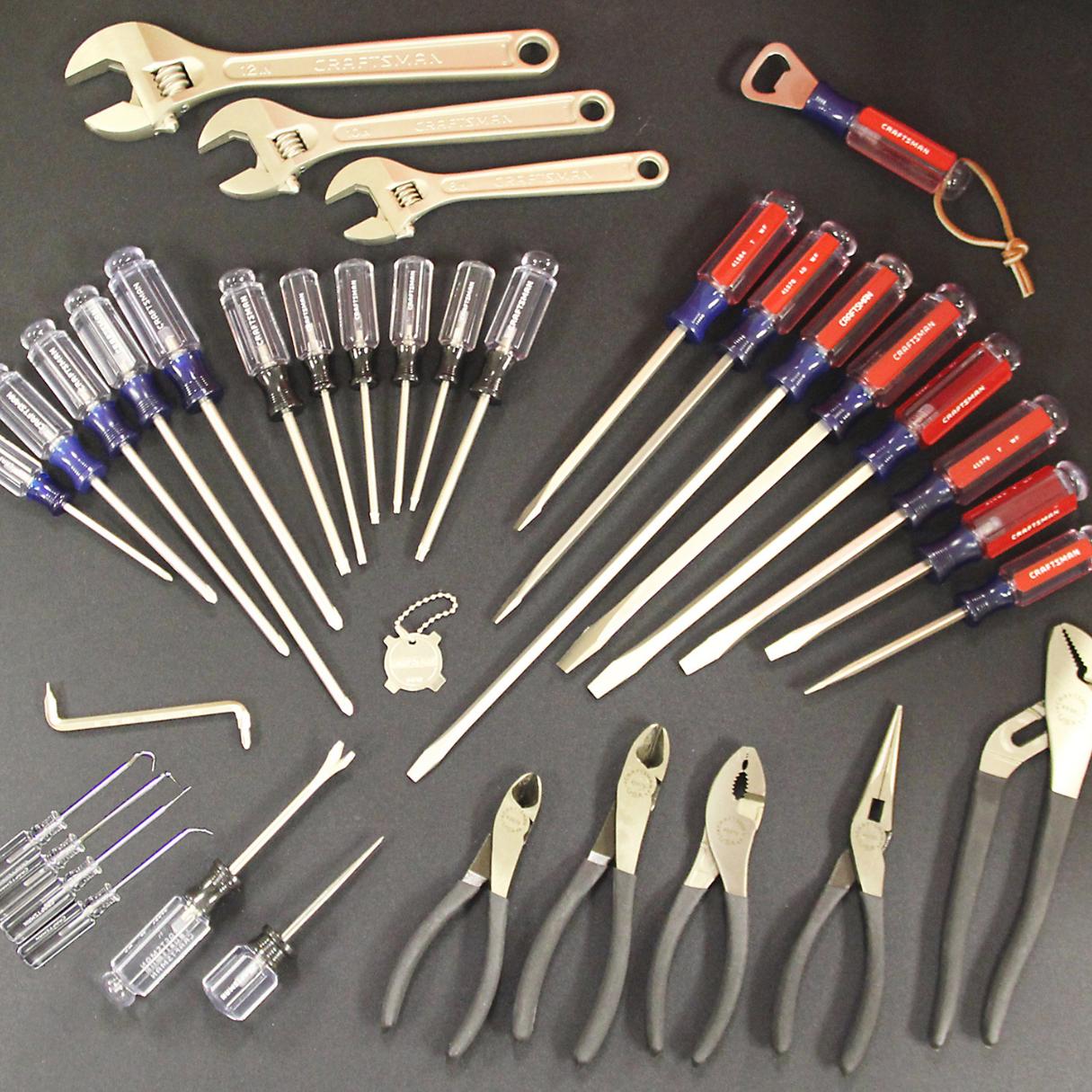
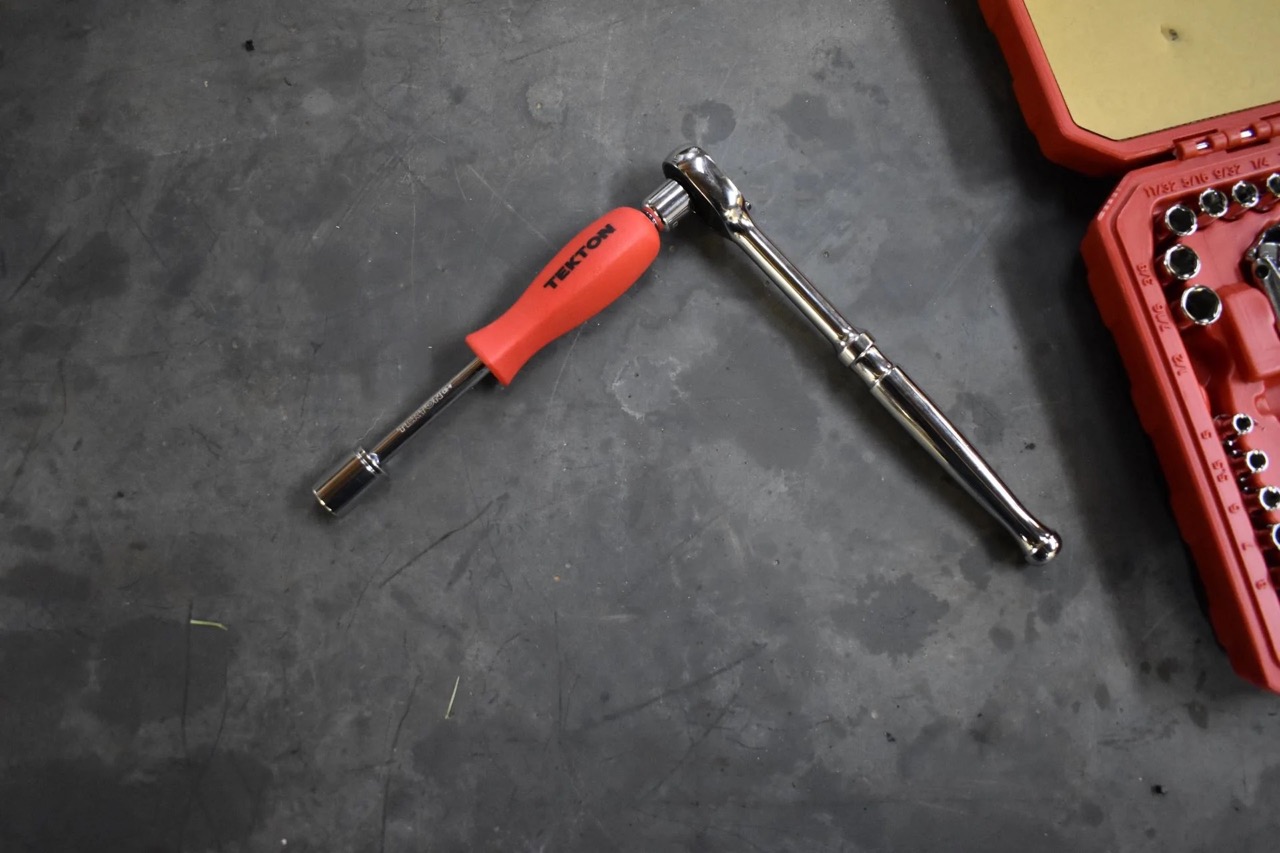
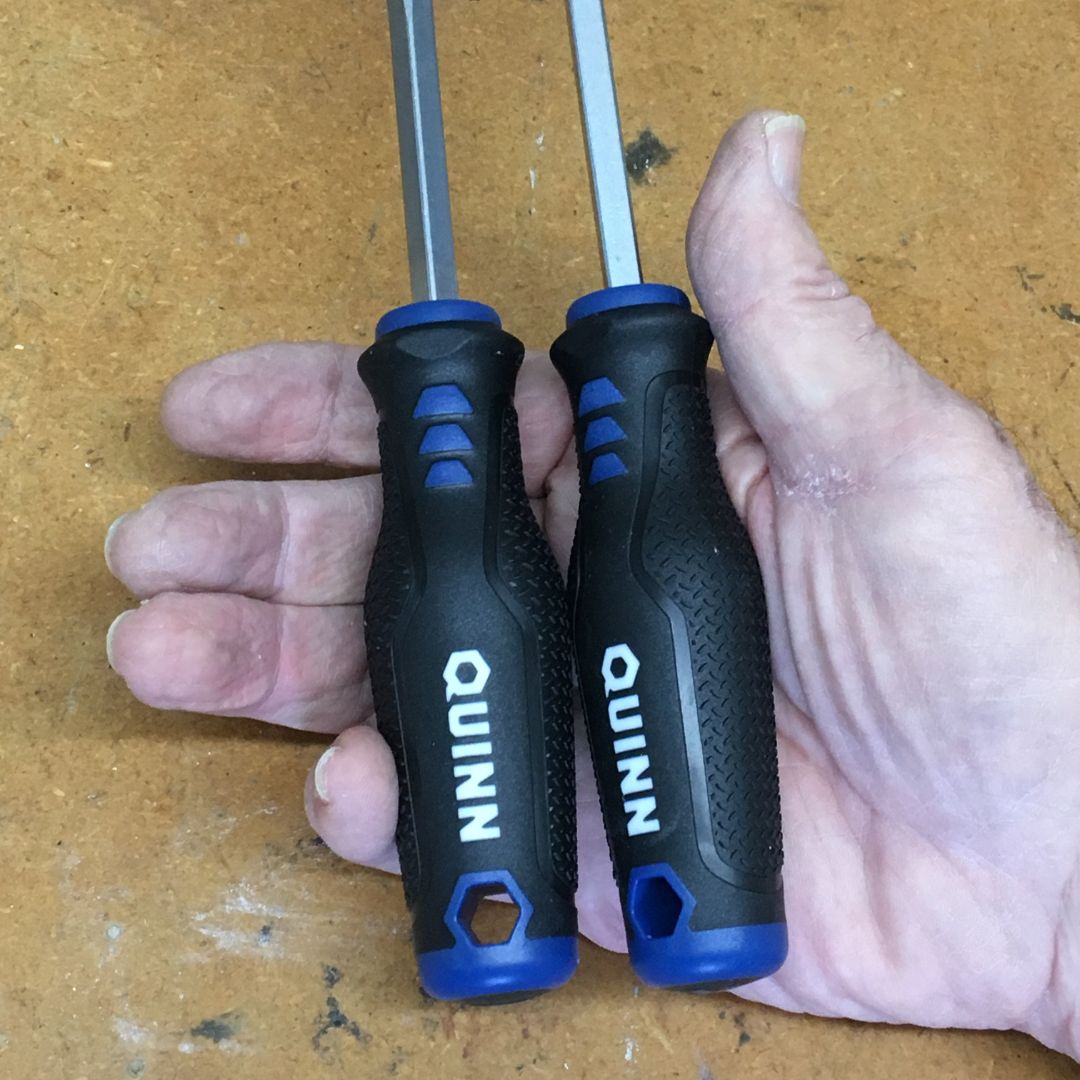
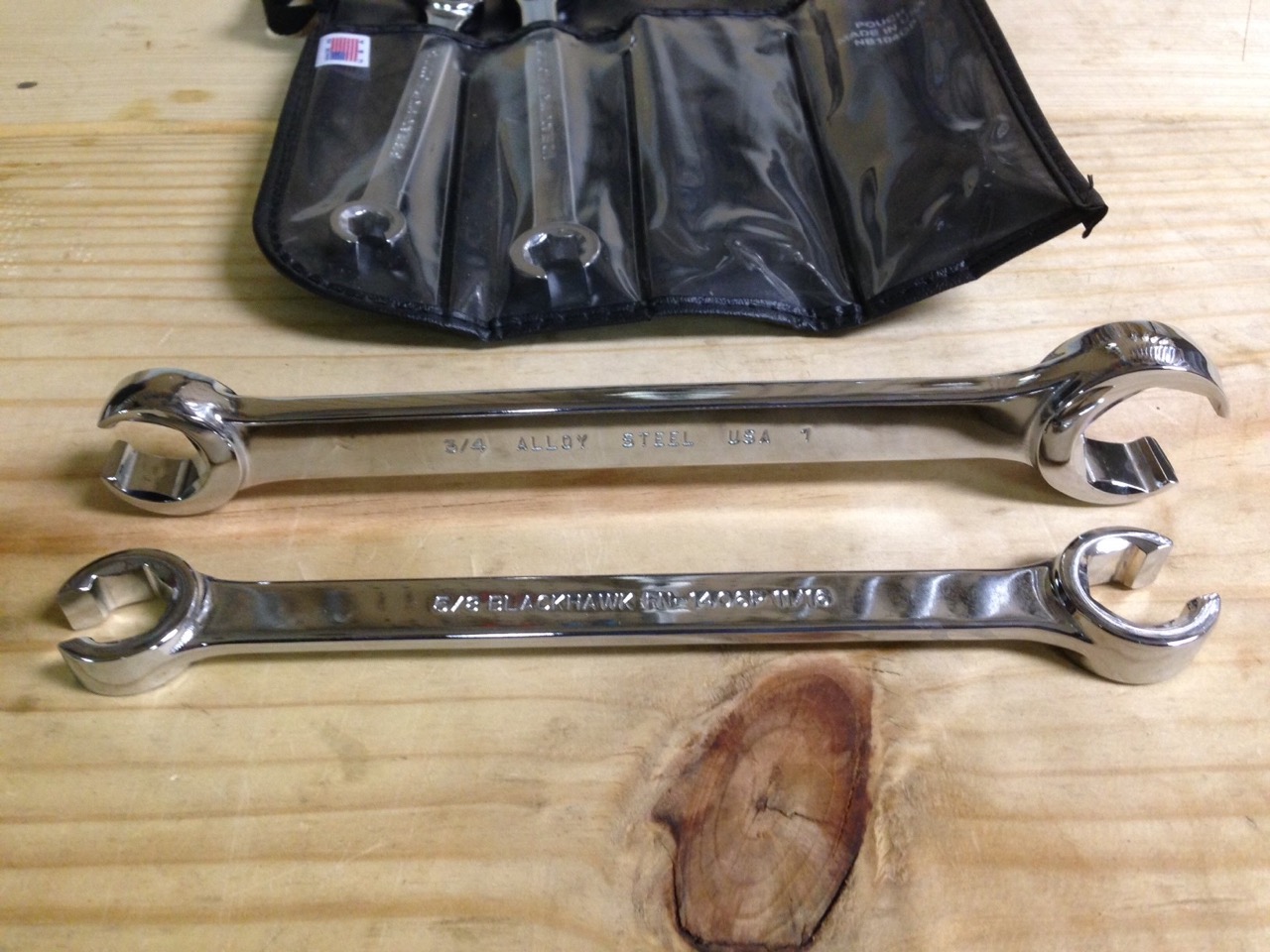
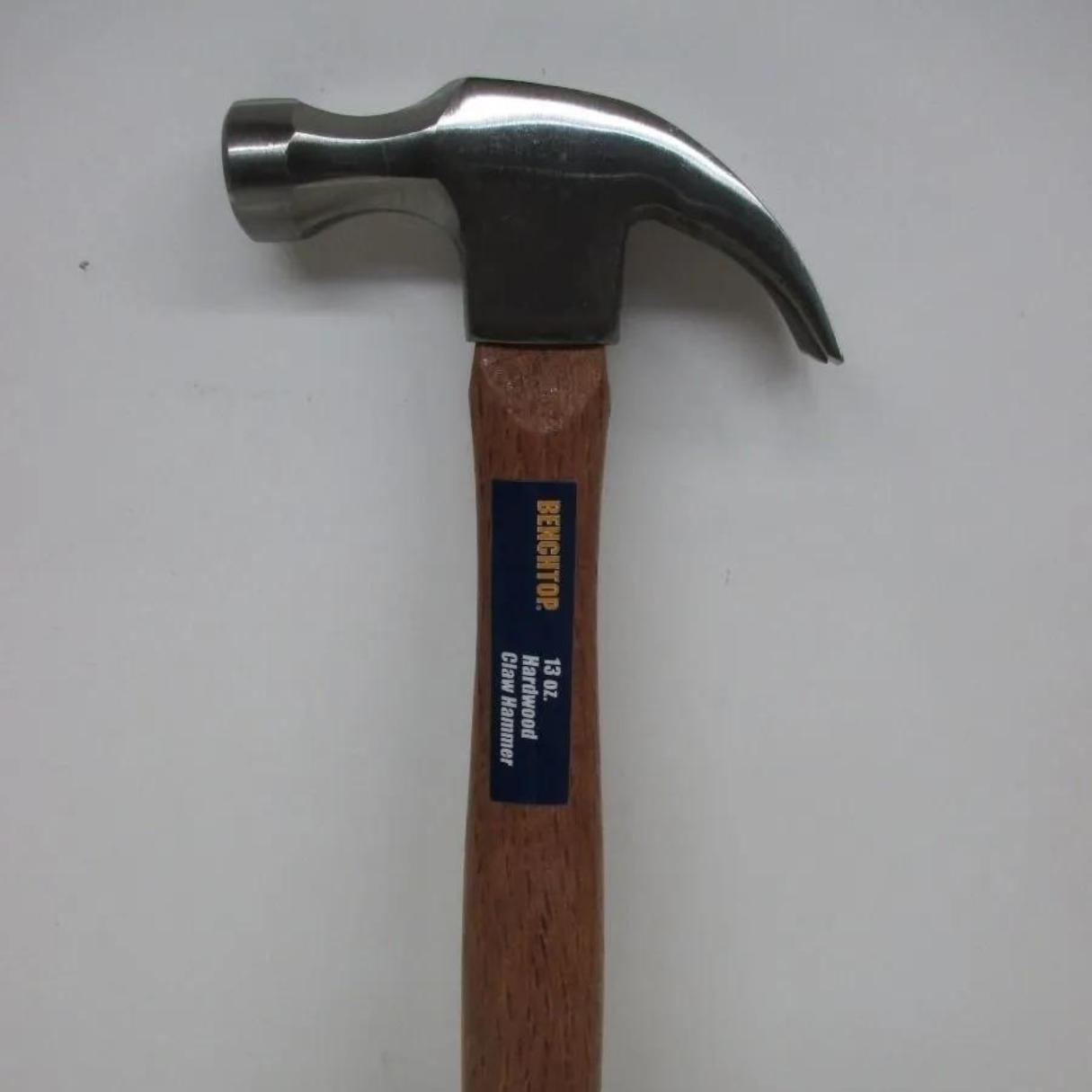

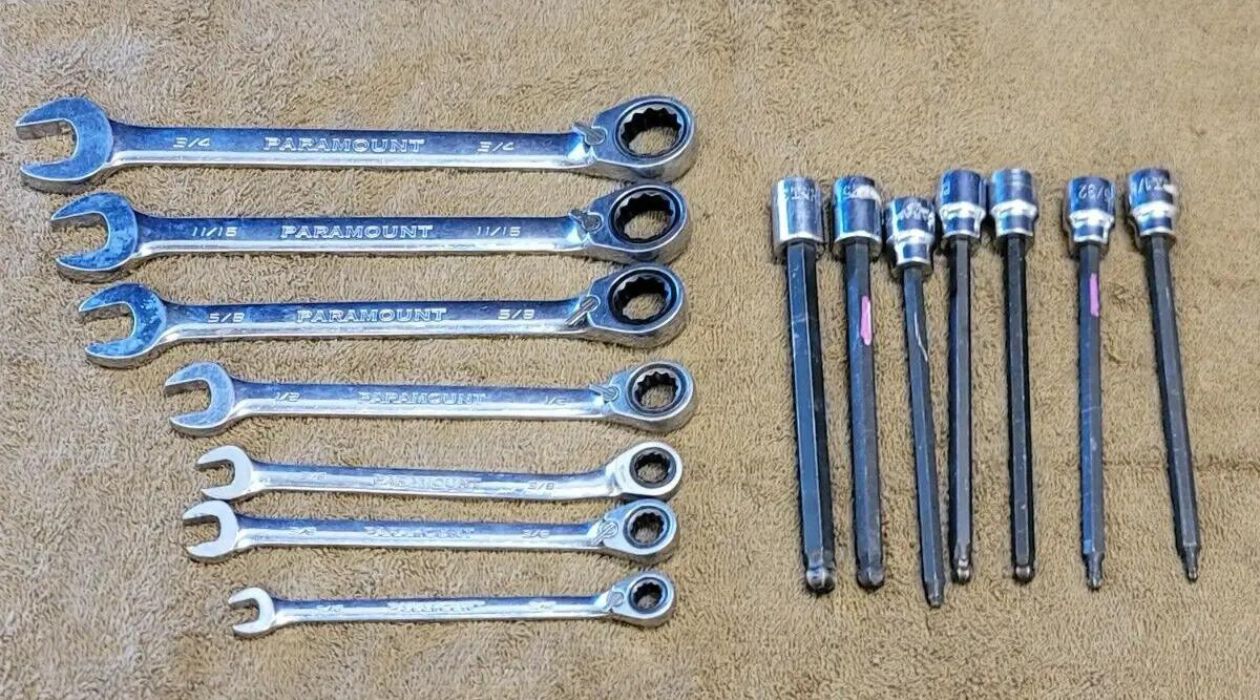
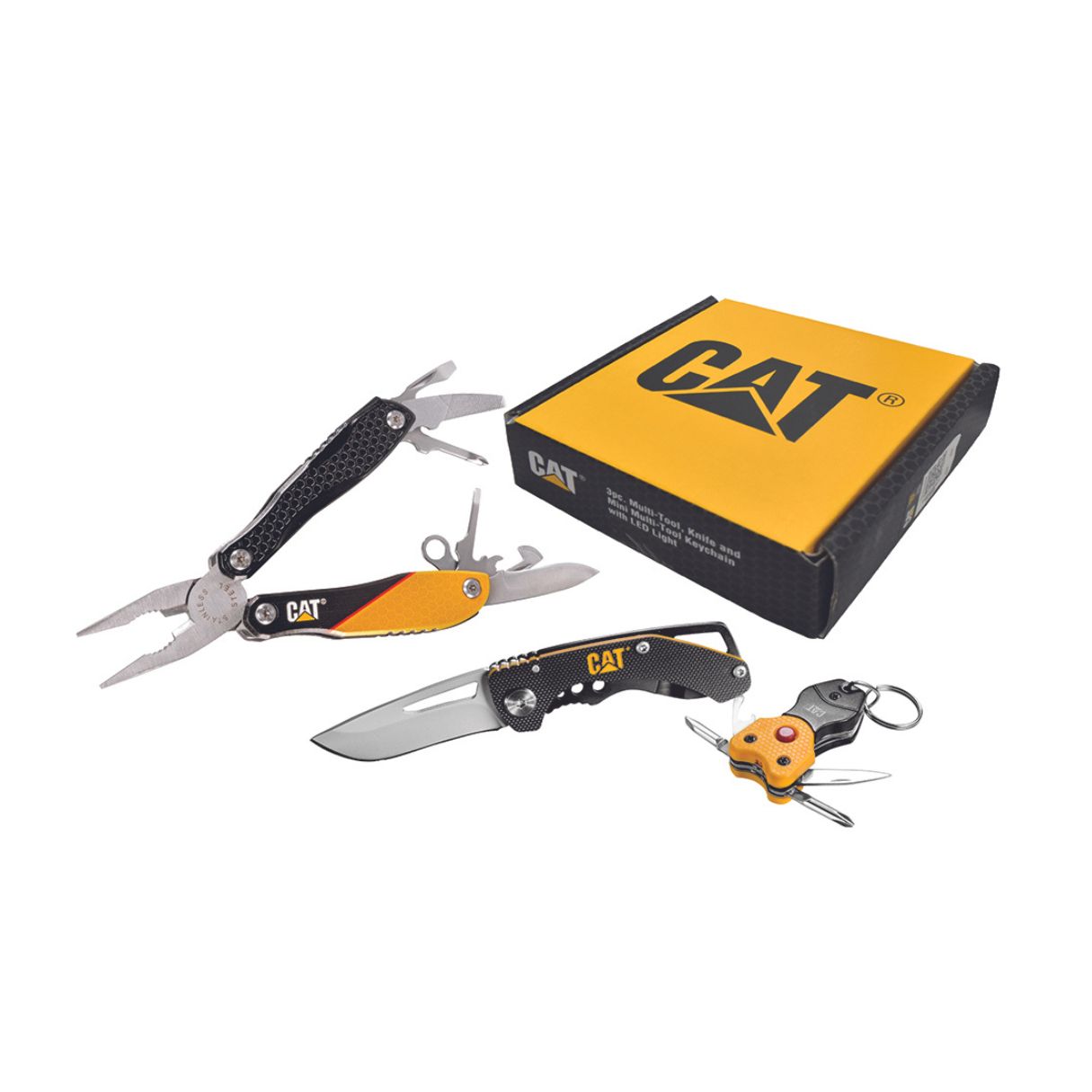
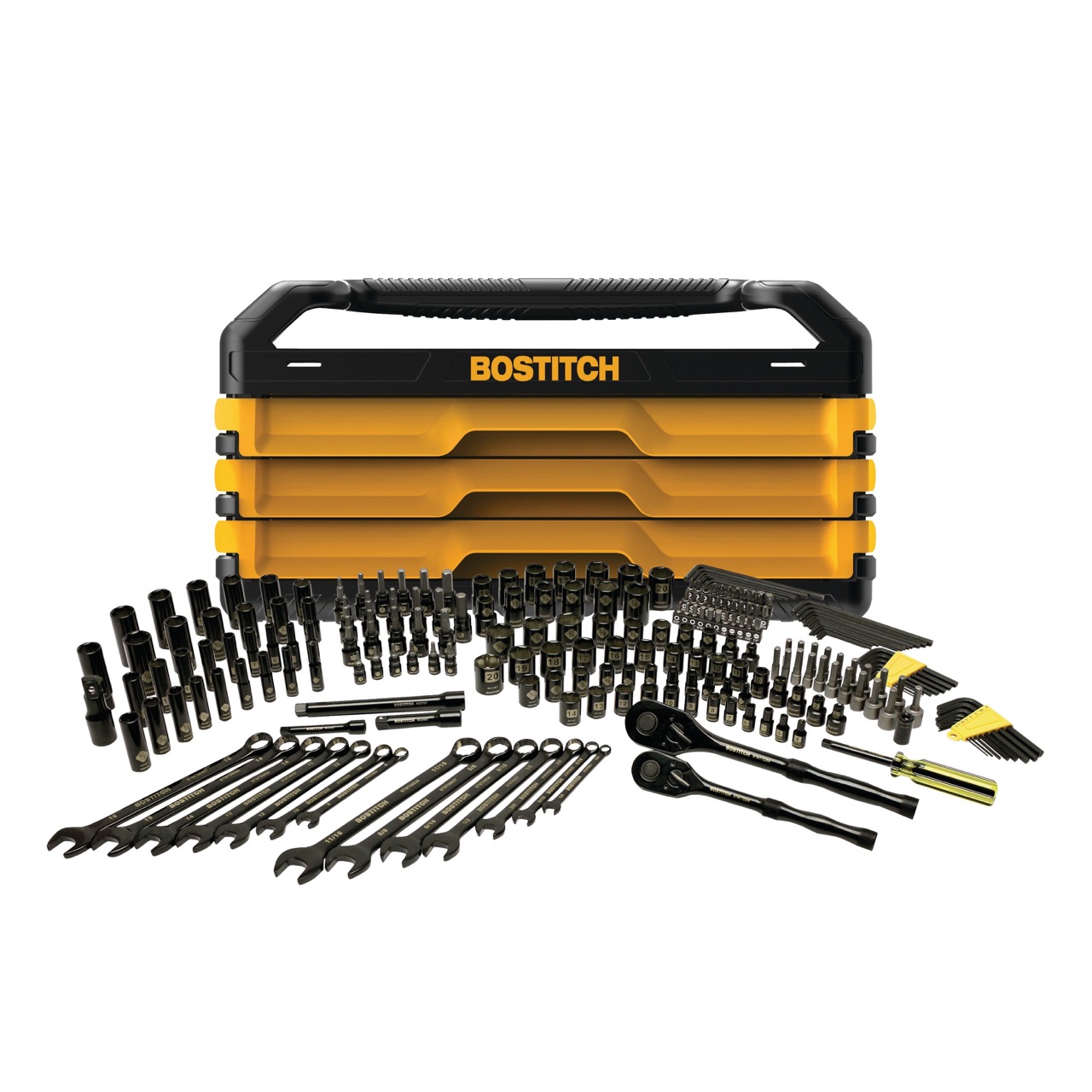
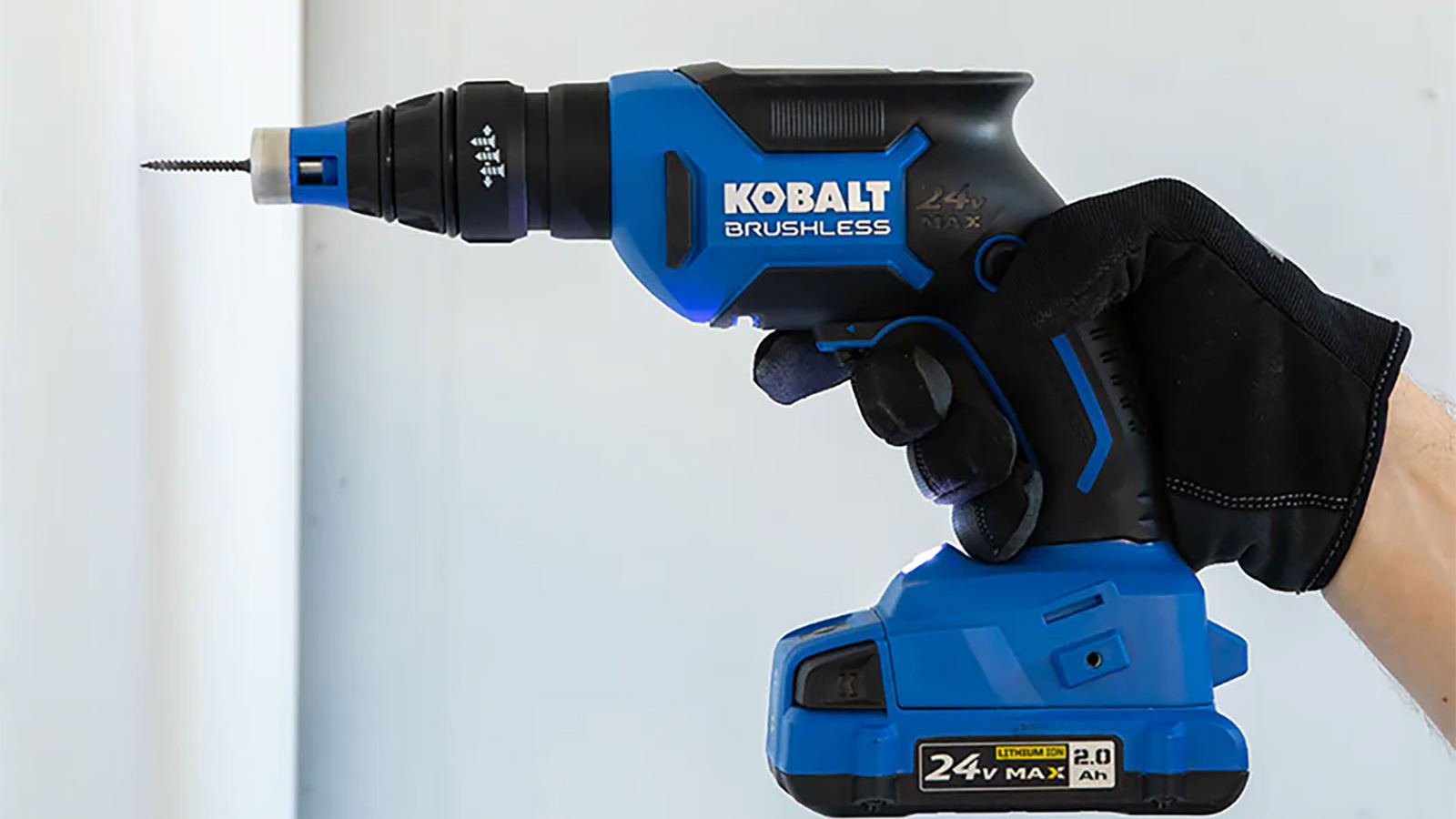
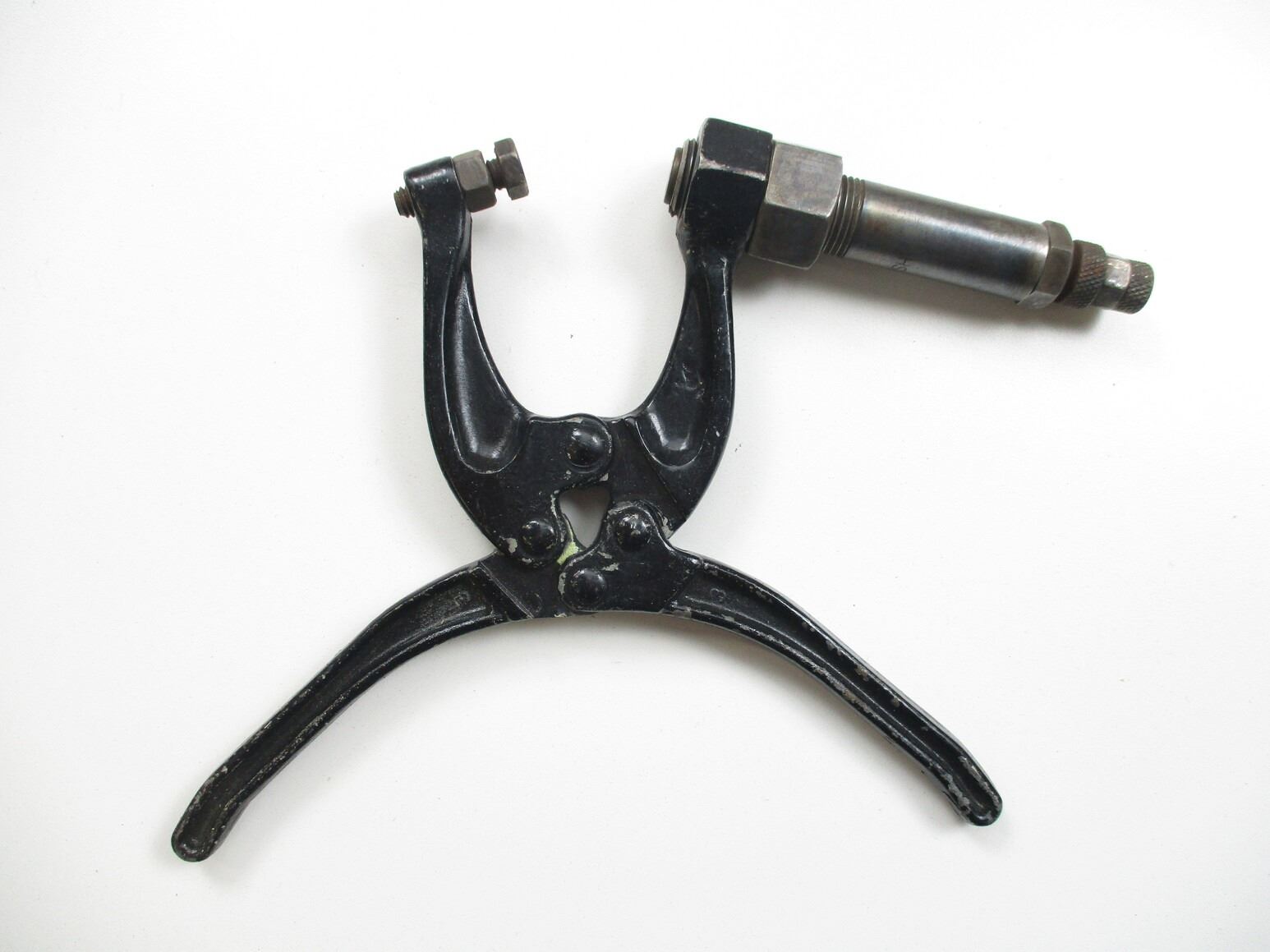
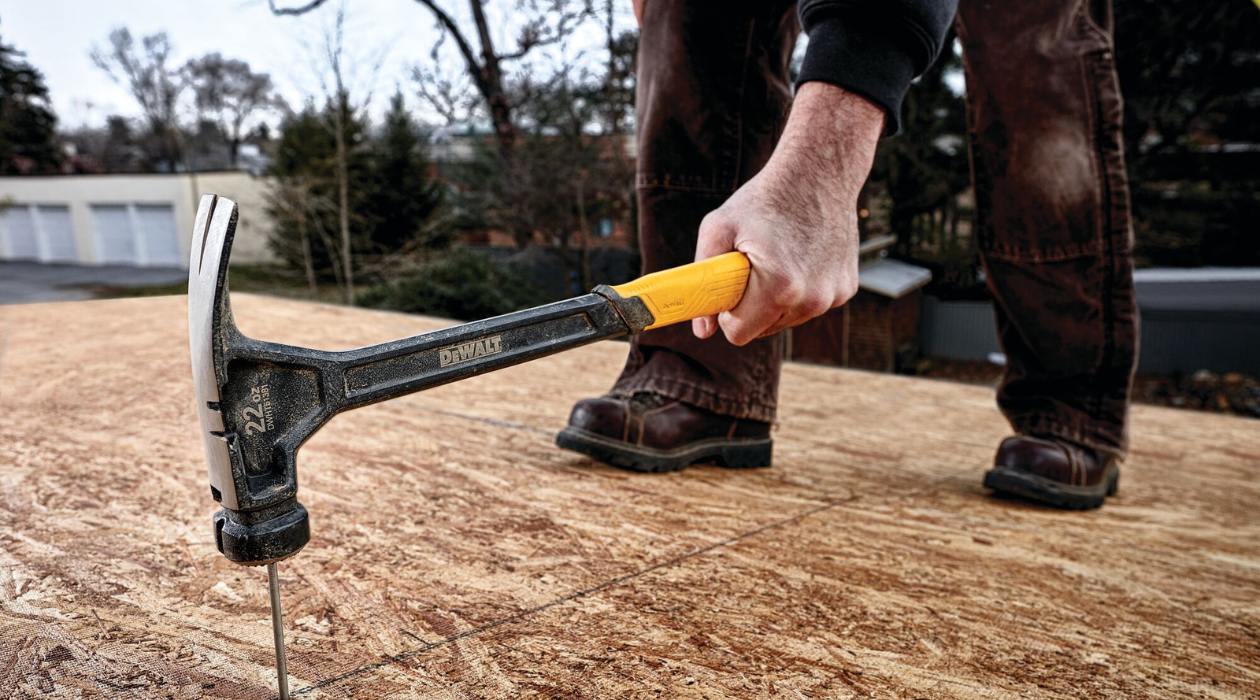
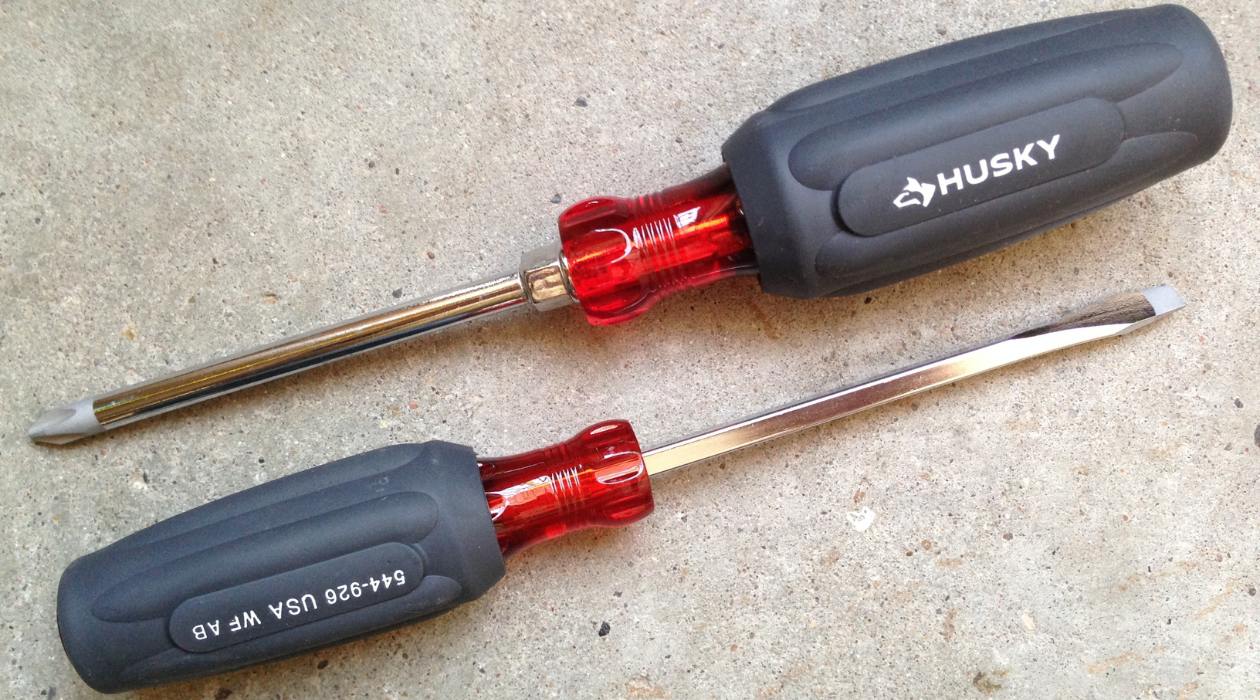

0 thoughts on “Who Invented Hand Tools”